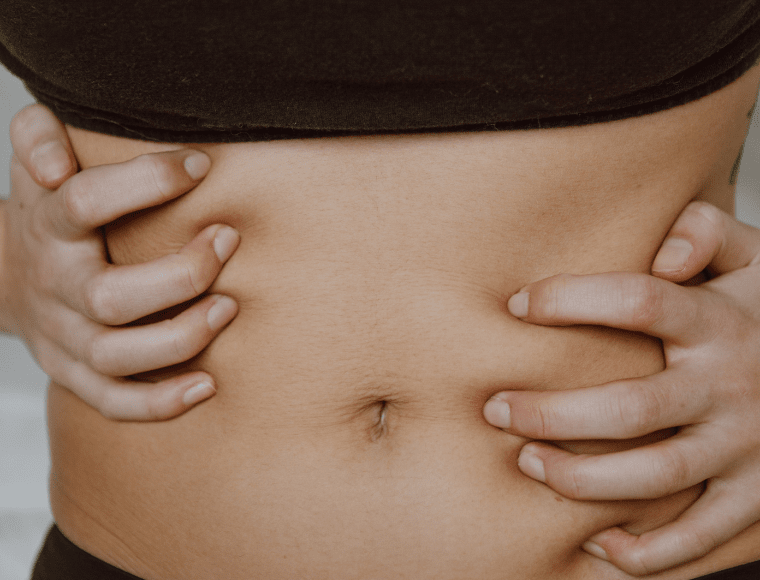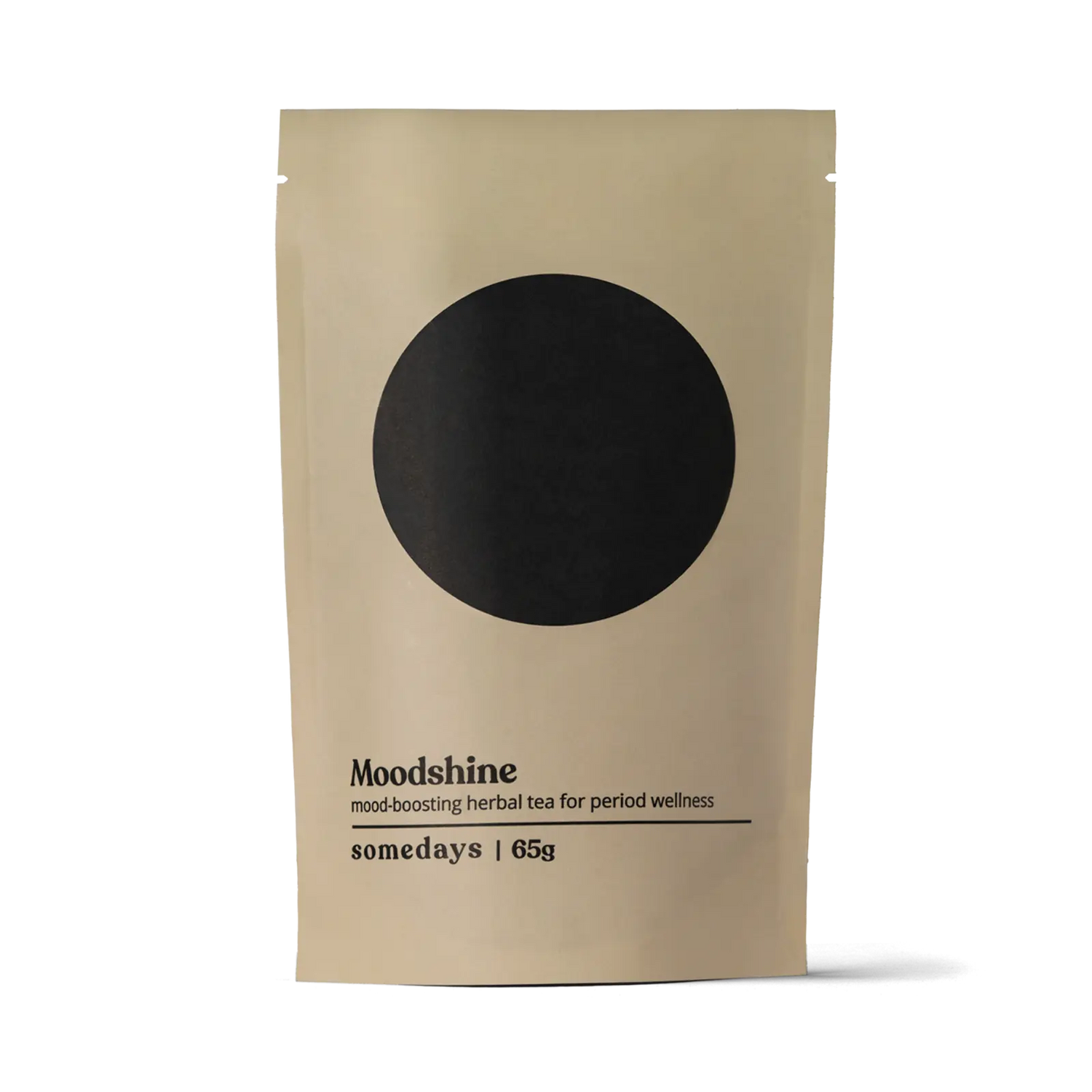Uterine Fibroids And How To Treat Them

Content Warning: This post discusses sensitive topics including miscarriage, chronic pain, and surgical procedures. Please proceed with caution.
Let's talk about something that might not be a regular topic of conversation but deserves our attention: uterine fibroids. If you're one of the millions of people who have them, you're not alone. Fibroids can cause some big disruptions in our lives, but understanding them is the first step toward finding relief.
Uterine fibroids: what are they, what are their symptoms, and how do we treat them? If you’ve just been told that you have uterine fibroids or are worried you might be dealing with them, read on. We’ll break it all down.
Uterine fibroids are a type of growth made up of muscle and tissue that grow in or around your uterus. They are normally non-cancerous and sometimes occur totally symptom-free. Other times, they might bring with them heavy bleeding, pelvic pain, and other challenging symptoms.
Uterine fibroids are pretty common—about 40-80% of people with uteruses will experience fibroids, usually between the ages of 30-50. However, only about a third of those cases will be large enough to detect during a physical exam. These fibroids can appear alone or in clusters, from very small and hardly detectable to as large as 20 centimeters in diameter.
What Are The Symptoms Of Uterine Fibroids?
Although not all uterine fibroids are symptomatic, you might experience some or all of the following (especially with larger fibroids):
- Heavy bleeding (and/or bleeding between periods)
- Clots in menstrual bleeding
- Long menstruation (longer than 8 days)
- Menstrual cramping, as well as lower back and/or pelvic pain
- Pain during intercourse
- A feeling of fullness or bloating
- Swelling or enlarged abdomen
- Frequent urination
- Constipation or difficulty passing bowel movements
If you’re experiencing any of these symptoms, talk to your primary care provider. They’ll be able to do a physical exam to check for signs of abnormal growths on the uterus. Fibroids can also be diagnosed through a pelvic or transvaginal ultrasound, where a technician will produce images of these organs to see whether there are any growths present.
Why Do Fibroids Happen?
Due to gaps in research on conditions predominantly affecting people with uteruses, we don’t know for sure why fibroids happen. Researchers believe that the hormones estrogen and progesterone play an important role in uterine fibroid formation, but it’s not known exactly how. For many people, uterine fibroids may even shrink after menopause. This may be because of the drop in hormones like estrogen that have a role in fibroid growth.
There are some risk factors to keep in mind with uterine fibroids. These include age—as fibroids tend to show up after the age of 30—a family history of fibroids, and higher weight. Another thing to note is that Black people with uteruses are at a greater risk for uterine fibroids.
Researchers don’t know exactly why, but fibroids are more common, more severe, and occur at earlier ages in this population. Some research suggests that stress, which is often much higher among oppressed and marginalized communities, may play a role in uterine fibroid formation. More research on the social determinants of health will help to clarify this relationship further.
Keep an eye out if you fall into these categories and make sure to talk to your primary care provider if you have concerns.
How Are Fibroids Treated?
Treatment plans often depend on a person’s experience of the symptoms. If uterine fibroids are mostly asymptomatic, you may decide with your primary care provider to simply monitor them over time to see how the size and associated symptoms develop.
However, if they are causing unwanted symptoms, there are several treatment options available. Anti-inflammatory medications like Naproxen and Ibuprofen may be prescribed to manage non-severe pain, as well as oral contraceptives or a hormonal IUD. All of these hormonal treatments may come with unwanted side effects, however.
Other treatments include GnRH agonists, which are another kind of hormonal medication that basically puts your body in a state of “medical menopause” by reducing estrogen levels. This treatment works by shrinking fibroids and can be used in preparation for surgery. They aren’t generally used for more than a year, however, and symptoms will return once the treatment is stopped.
There are also surgical methods of treating uterine fibroids. These include a procedure called Myomectomy, where fibroids will be removed but the uterus remains intact. Another is called Uterine artery embolization (UAE), where fibroids are shrunk by cutting off their blood flow in a minimally invasive surgery. Finally, a hysterectomy—a surgery that removes the uterus—is a treatment option for more severe fibroid cases where the person does not wish to become pregnant.
Uterine Fibroids and Fertility
Uterine fibroids do increase the risks of certain complications during pregnancy. Depending on the location and size of fibroids (for example, near the fallopian tubes), they can make getting pregnant more difficult. Uterine fibroids during pregnancy may also increase the likelihood of miscarriage, preterm delivery, cesarean section, and/or postnatal hemorrhage. Although many people with uterine fibroids go on to have healthy pregnancies and births, it's important to stay in close contact with your care providers if you become pregnant to keep an eye on any abnormal symptoms that might arise.
Managing Fibroid Symptoms
If you’re dealing with uterine fibroids, know that you’re not alone. Many people with uteruses—between 40-80%—will experience uterine fibroids in their lifetimes, and there are at-home treatments that can help to alleviate symptoms. Gentle exercise like yoga, walking or swimming can be helpful, as well as heat in the form of hot compresses or warm baths.
Research has also shown that vitamin D levels may have a role to play in fibroid formation, so checking your levels is another great place to start. The compounds found in green tea have also been shown to have positive effects on fibroids—another easy and inexpensive change to make to your routine. Eating balanced, and nutritious meals can also have a positive effect on fibroids.
Self-care is important when managing any condition that causes chronic pain, so make sure to lean into your community of care, take time out to rest, and know that support is out there.
Have you ruled out fibroids but still aren’t sure what is causing your chronic pain? Take our free endometriosis assessment here.
Thea Walmsley is a writer based in Vancouver, Canada focusing on menstrual health and body literacy. After struggling with chronic pelvic pain for years, she discovered fertility awareness, which gave her the knowledge and self-understanding to manage symptoms more effectively. She is now a fertility awareness teacher-in-training, using writing, teaching, and storytelling to share this knowledge more widely and help others advocate for their menstrual and overall health.
Previous Article All Articles Next Article
All Articles


